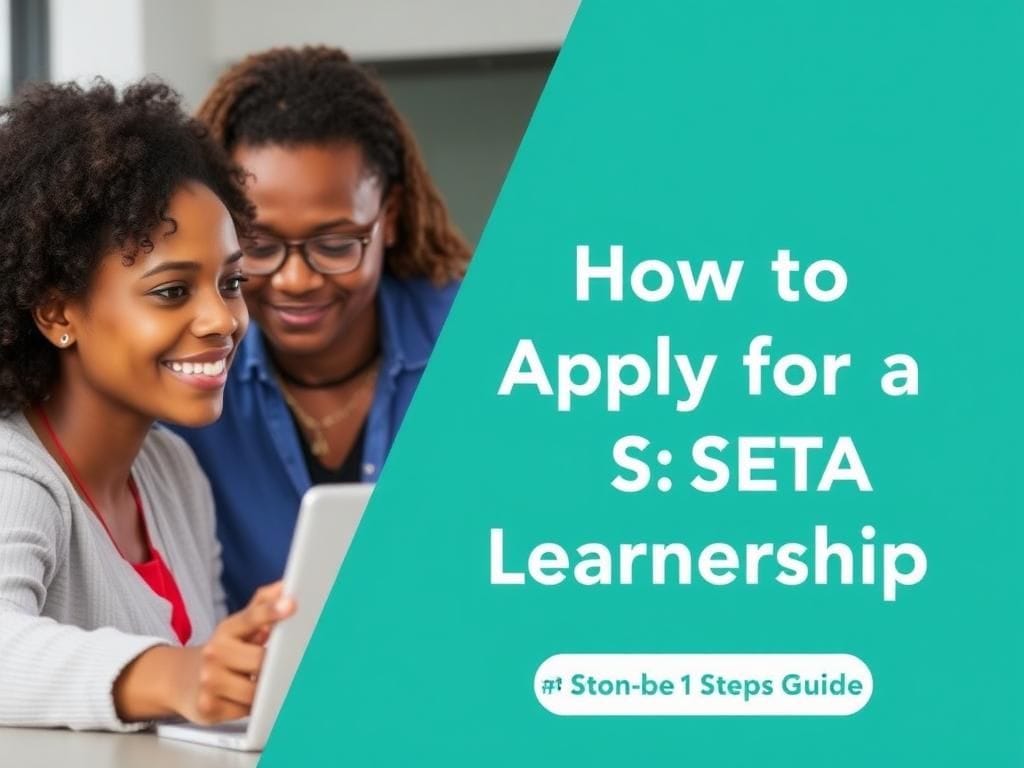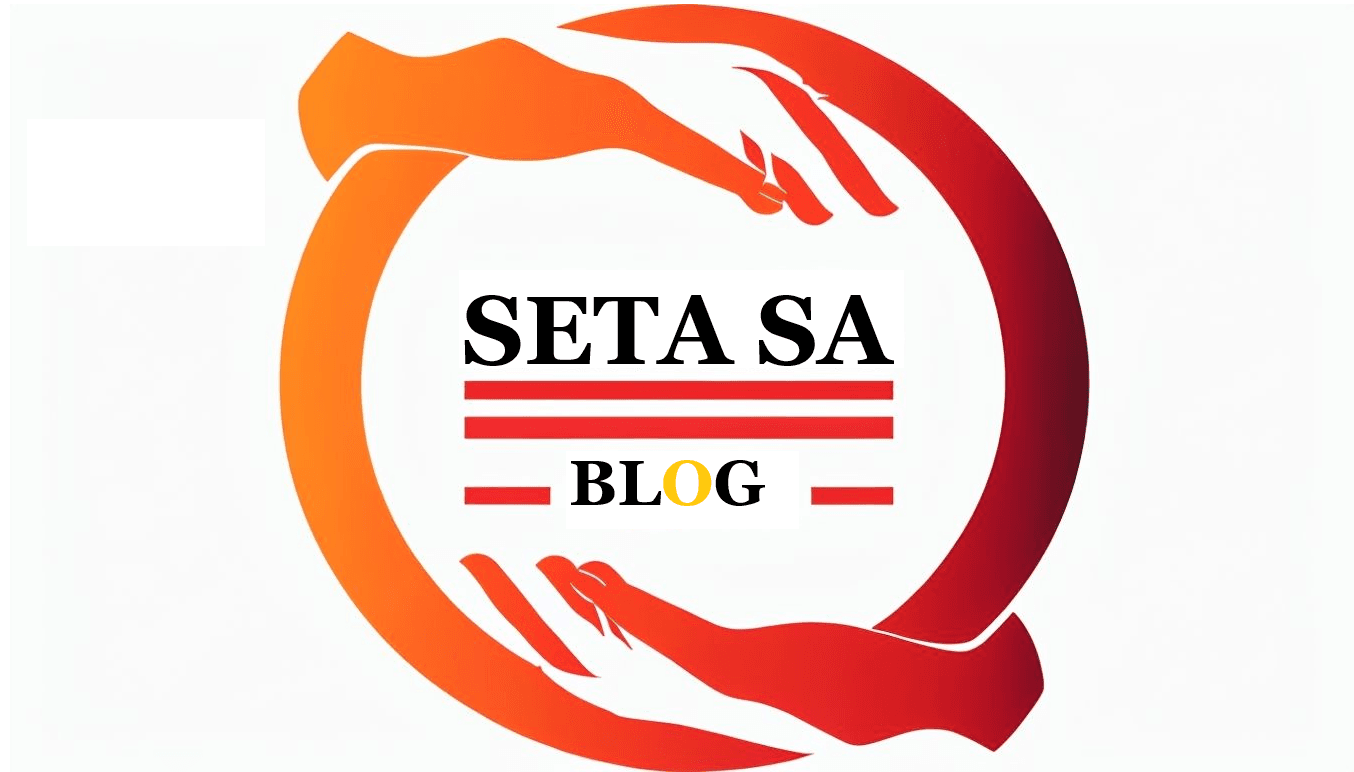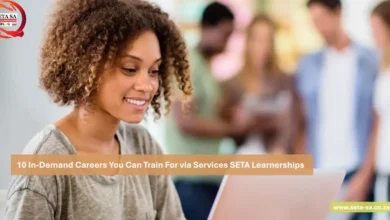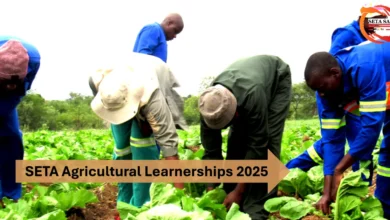
Picture this: Sarah, a 19-year-old from Johannesburg, was struggling to find meaningful employment after matric. Today, she’s a qualified automotive technician earning R18,000 monthly, all thanks to a MERSETA learnership she discovered two years ago. Her story isn’t unique – thousands of South Africans are transforming their career prospects through SETA learnerships every year.
If you’re ready to join their ranks, this practical guide reveals exactly how to secure your spot in these life-changing programs.
What Makes SETA Learnerships Different from Regular Training?
SETA learnerships aren’t your typical classroom courses. These government-backed programs combine hands-on workplace training with formal education, creating a powerful pathway to employment. Here’s what sets them apart:
Real workplace experience: You’ll spend 70% of your time working alongside industry professionals, learning skills employers actually need.
Guaranteed qualification: Every learnership leads to a nationally recognized qualification that opens doors across South Africa.
Monthly allowances: Most programs provide stipends ranging from R2,500 to R8,000 while you learn, helping you support yourself during training. In fact, some SETA learnerships pay over R5,000 per month, making them attractive alternatives to traditional employment.
Direct employment pipeline: Statistics show that 78% of learnership graduates find employment within six months of completing their programs.
Which SETA Matches Your Career Dreams?
South Africa has 21 different SETAs, each focusing on specific industries. Choosing the right one determines your career trajectory:
High-demand sectors currently recruiting:
- MERSETA (Manufacturing): Automotive, metals, plastics, chemicals
- INSETA (Insurance): Banking, financial services, investment
- HWSETA (Health & Welfare): Nursing, pharmacy, social work
- CETA (Construction): Building, civil engineering, property
- SERVICES SETA: Hospitality, tourism, retail
Pro tip: Research employment statistics for your chosen field. The Department of Higher Education publishes annual reports showing which qualifications lead to the highest employment rates. For those without matric, don’t worry – there are SETA learnerships available without matric requirements that can still launch your career.
Your Document Checklist: What You Actually Need
Based on feedback from SETA coordinators across the country, here’s what successful applicants always include:
Essential Documents (No Exceptions):
- Certified ID copy (not older than 3 months)
- Matric certificate or highest qualification achieved
- Comprehensive CV showcasing any work experience, even part-time jobs
- Proof of residence (municipal account, lease agreement, or affidavit)
Documents That Strengthen Your Application:
- Skills assessment results from previous training
- Reference letters from teachers, employers, or community leaders
- Portfolio of work (if applicable to your chosen field)
- Medical certificate (required for health-related learnerships)
Common mistake to avoid: Many applicants submit expired documents. SETAs are strict about validity dates, so ensure everything is current.
The Smart Way to Find Available Opportunities
Don’t just check SETA websites – they’re often outdated. Here are insider strategies that work:
Official Channels:
- SETA websites: Check monthly for new postings
- SA Government jobs portal: Search using “learnership” keywords
- Department of Higher Education: Official learnership database
Hidden Opportunities:
- Company websites: Major employers like Sasol, Eskom, and Pick n Pay often advertise directly
- Social media: Follow SETA Facebook pages for real-time updates
- Career fairs: Universities and colleges host regular recruitment events
- Local newspapers: Community papers still advertise regional opportunities
Time-saving hack: Set up Google Alerts for “[Your Industry] + learnership + 2025” to get notifications about new openings.
Application Strategy That Gets You Noticed
Your application competes against hundreds of others. Here’s how to stand out:
Craft a Compelling Motivation Letter:
Start with your “why story” – what personal experience drives your interest in this field? Maybe you grew up watching your father fix cars, sparking your passion for mechanics. Or perhaps you volunteered at a local clinic and discovered your calling in healthcare.
Structure that works:
- Opening hook: Personal story connecting you to the industry
- Skills alignment: Specific examples of how your background fits the role
- Future vision: Clear career goals and how this learnership fits your plan
- Value proposition: What unique perspective you’ll bring to the program
CV Optimization Tips:
- Use action verbs: “Managed,” “developed,” “improved” instead of passive language
- Quantify achievements: “Increased sales by 15%” not just “good at sales”
- Include volunteer work: Shows initiative and community involvement
- Highlight soft skills: Teamwork, problem-solving, and communication are crucial
Navigating the Selection Maze
Each SETA has different selection criteria, but patterns emerge across successful candidates:
What Selectors Look For:
Academic potential: You don’t need perfect grades, but consistency matters more than occasional high marks.
Industry understanding: Demonstrate that you’ve researched the field and understand current challenges.
Growth mindset: Show examples of how you’ve learned from failures or adapted to change.
Communication skills: Practice explaining complex ideas simply – you’ll need this throughout your career.
Common Interview Questions:
- “Why did you choose this specific industry?”
- “How do you handle working in teams?”
- “Describe a time you solved a difficult problem.”
- “Where do you see yourself in five years?”
- “What do you know about our company/industry challenges?”
Interview preparation tip: Research recent industry news and mention current trends during your interview. This shows genuine interest and market awareness.
Making the Most of Your Learnership Experience
Once accepted, your real journey begins. Here’s how to maximize this opportunity:
Month 1-3: Foundation Building
- Establish routines: Workplace culture differs from school – adapt quickly
- Build relationships: Your supervisor and mentors become your career network
- Set learning goals: What specific skills do you want to develop?
Month 4-12: Skill Development
- Seek challenging projects: Volunteer for tasks outside your comfort zone
- Document your progress: Keep a learning journal for performance reviews
- Network actively: Attend industry events and connect with professionals
Final Phase: Career Preparation
- Update your qualifications: Ensure your CV reflects new skills and certification
- Explore opportunities: Many companies hire their best learners permanently
- Plan your next steps: Whether further study or immediate employment
Avoiding Common Pitfalls That Derail Applications
After speaking with SETA coordinators, these mistakes appear repeatedly:
Missing deadlines: Applications submitted even one day late get automatically rejected. Set calendar reminders two weeks before closing dates.
Generic applications: Copy-paste motivation letters are obvious and ineffective. Customize every application for the specific SETA and program.
Poor presentation: Handwritten forms and low-quality copies create negative first impressions. Invest in professional document preparation.
Incomplete information: Leaving sections blank or providing vague answers suggests lack of attention to detail.
Unrealistic expectations: Some applicants expect immediate job offers. Learnerships are educational programs first, employment opportunities second.
For more detailed guidance on what to avoid, check out this comprehensive list of 7 common mistakes when applying for SETA learnerships.
Your Next Steps Start Today
SETA learnerships have transformed countless careers, but success requires preparation and persistence. Many programs open applications in February and August, so timing matters.
This week’s action plan:
- Research three SETAs in industries that interest you
- Gather and certify all required documents
- Draft your motivation letter using the strategies above – need help? Our guide on writing motivational letters for learnerships provides detailed templates and examples
- Set up job alerts for new opportunities
- Connect with current learners on LinkedIn for insights
Remember Sarah from our opening? She didn’t get her first choice learnership. She was rejected twice before MERSETA accepted her application. The difference? She learned from each rejection, improved her application, and never gave up.
Your breakthrough opportunity might be just one application away. The question isn’t whether SETA learnerships can change your life – it’s whether you’re ready to take the first step toward claiming yours.





